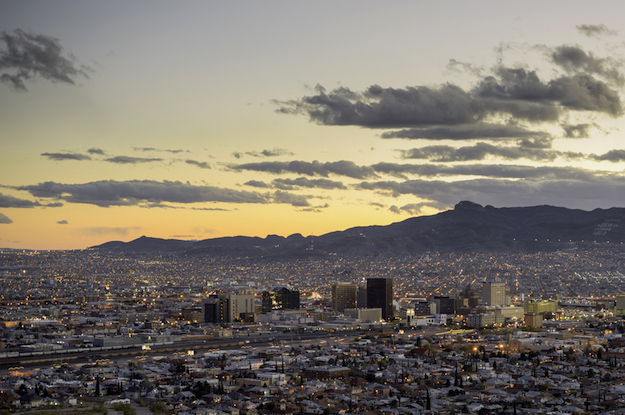This article features commentary on AQ’s Top 5 Urban Visionaries: Ricardo Mora, and appears in our recent print issue on how to make Latin American cities better places to live and work.
Juárez is one of many Latin American cities that have grown unrestrained. A 3D growth model — distant, dispersed and disconnected — has worsened inequality. Because of the lack of urban planning associated with sprawling cities, many people living on the outskirts have limited access to basic services and transportation. They must invest money and time to commute to work, risking their lives on the road. In Mexico City, for instance, about 90 percent of jobs are located a short distance from areas in which affluent people live. At the World Resources Institute, we advocate for an urban model that is more compact, better connected and more equitable. For that to happen, city planners need to bring new life into historical centers by promoting bicycle and pedestrian mobility, while building residential areas within a short distance of schools and office buildings. Juárez and others, like Querétaro and Puebla, are doing this, revitalizing their historic centers and giving them back the role they once had as economic, touristic and recreational centers.
—
Lobo is executive director of the World Resources Institute Mexico





